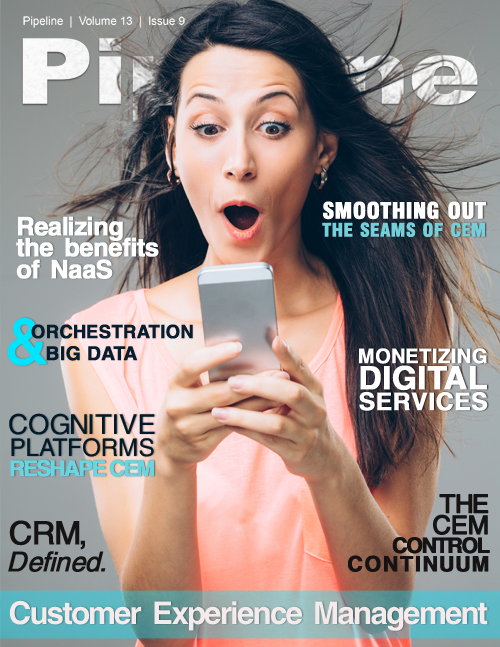Is there an application that isn't CRM, and would you recognize one that is?
This Use Case demonstrates Mediation’s ability to address complex processing cases with high input loads, a common problem in LTE networks and a serious challenge for LTE Product Managers and, thus, customer experience managers. Prior to deploying mediation, the operator’s Service Operations Center (SOC) based its monitoring and root cause analysis on manual processes.
Now, the E2E records of both successful and unsuccessful data sessions generated by mediation enables the SOC to get visibility within less than a minute on quality degradation per service (ordinary performance counters from eNodeBs would have taken 30-60 minutes delay to be collected with higher churn and lack of information in customer dialogues as consequence). Mediation handles:
Collection:
Real-time collection of signalling data (Raw cell/call trace data collected over TCP/IP (binary); collected from 4000 eNodeBs, MMEs and SGWs over TCP/IP400 000 events/s from 4000 eNodeBs with corresponding MMEs and SGWs.
Processing:
Enrichment and correlation of data from both radio and core to tie the IMSI and session ID coming from the MME to the radio performance events and the Session ID coming from the eNodeB.
Distribution:
Load files generated at one minute intervals. Load files contain enriched end-to-end correlated sessions (cross-correlated on all 4000 eNodeBs). The data forwarded to receiving systems is reduced by 92 percent from the raw collected input. A user session consists of (in average) 12 input record and OSS mediation forwards only one E2E record summarizing all twelve. Perfectly suited data for customer experience information.
Dimensioning:
Six server blades in total (HP BL460c, 2 * quad cores with 64GB RAM): Two blades handle collection, forwarding, and platform resources. Four blades handle the processing, totaling 100 000 events/s per blade.
Use Case 3 - Innovation!
An EMEA-based transportation services provider needed an IT system to handle vouchers and related data and processing requirements for its rail network, in a scalable and highly-available manner. The company initially wanted to use its CRM to handle the voucher definition. However, the CRM product was found to be not sufficiently scalable and, thus, unable to function in the required, real-time manner.
Mediation functionality offered a way to cache the structure of the voucher and position it as a ‘runtime and real-time capable database’, as opposed to the CRM alternative which relied on a ‘static/reference’ database (using/distributing vouchers as planned).
Mediation was a particularly attractive option with these requirements in mind as it could carry state of a subscriber and, in this case, vouchers across a scaled environment. Today, the mediation-based solution is used to cache the information contained in the CRM system, so that all eligibility checks on vouchers are done in a fast and reliable way. It interfaces with the Point of Sales (PoS) or ticket vending machines, charging and the CRM.
My guess is that paging through Pipeline’s CEM-focused issue, you probably weren’t expecting to stop at mediation on your journey. But the reality is, if you really want to tackle and improve customer relationships, it should be the first port of call on your journey.



















